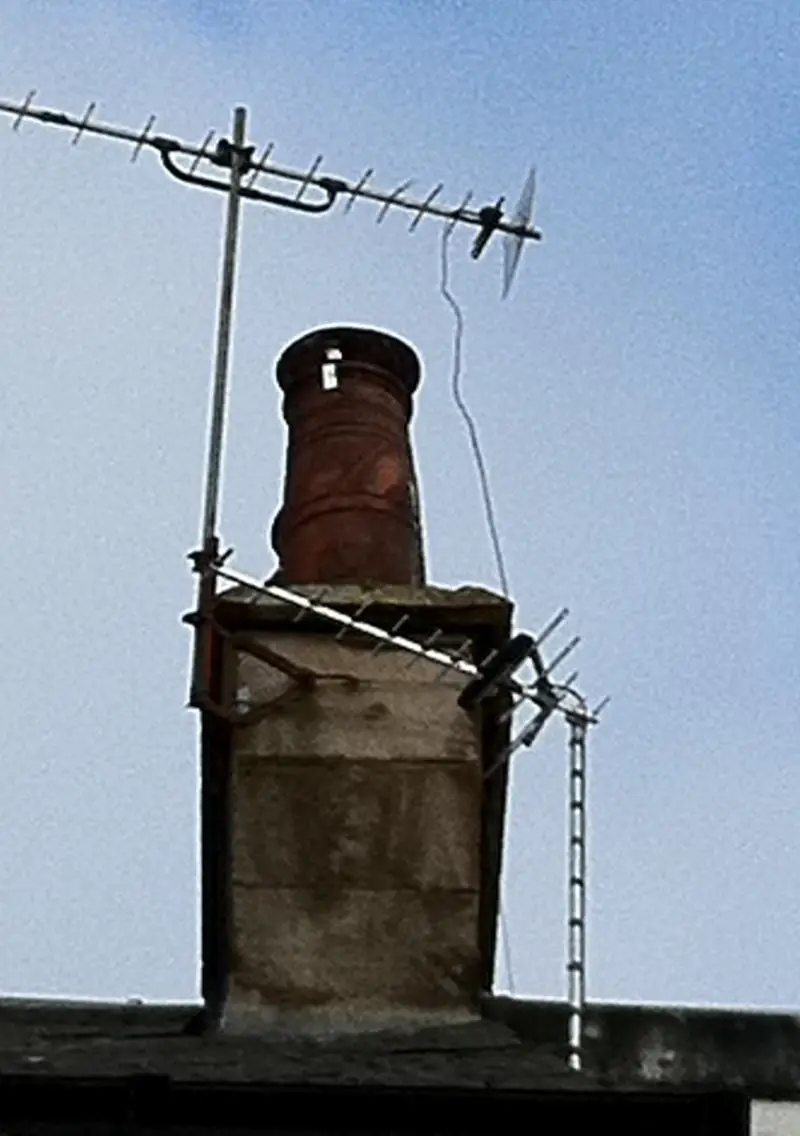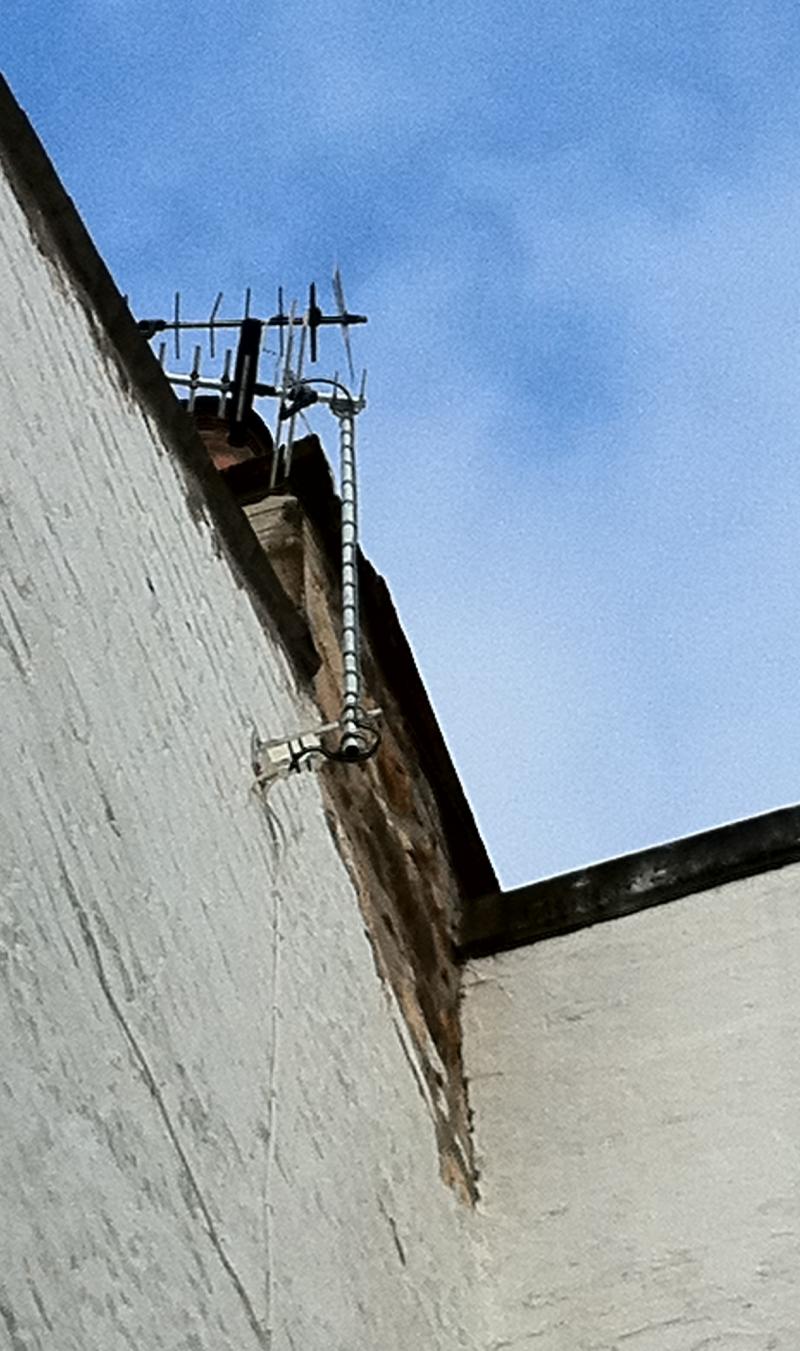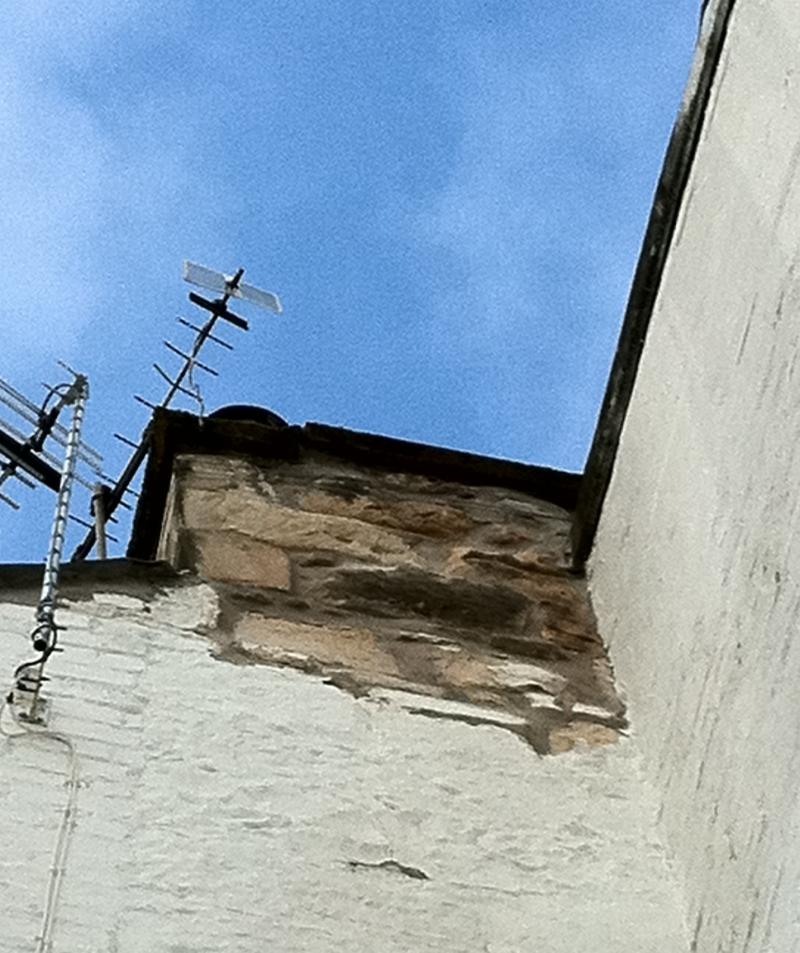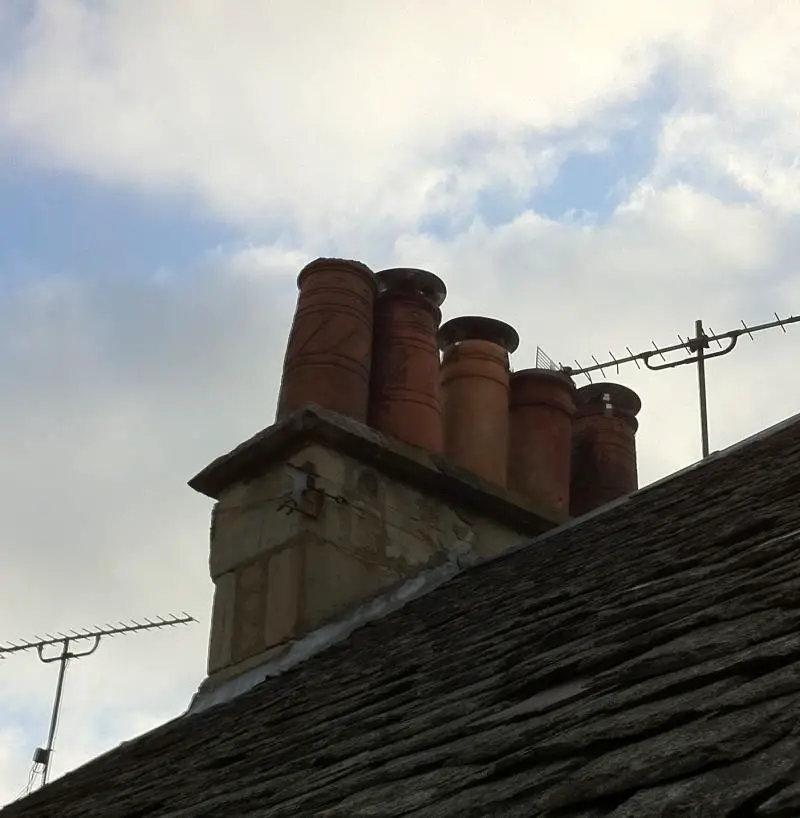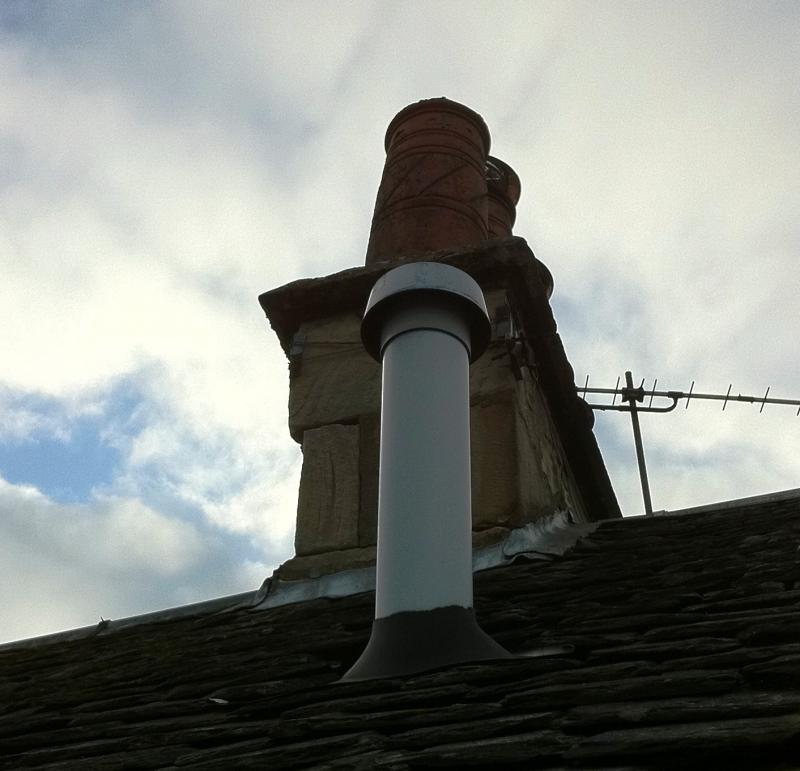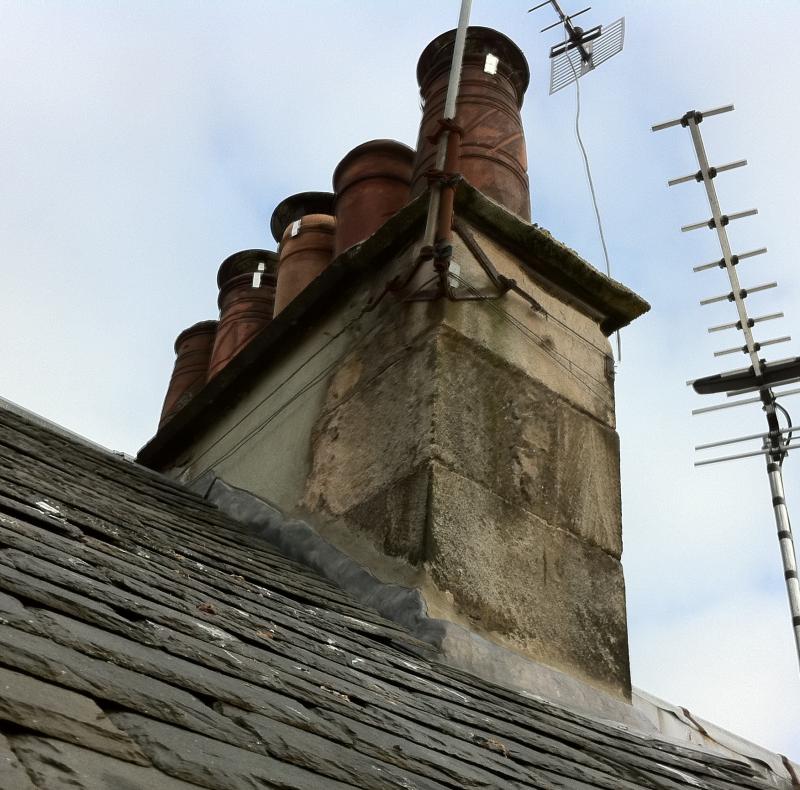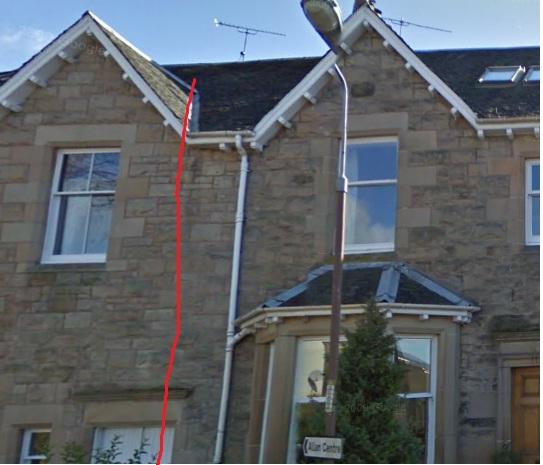Hello all.
I have a Victorian sandstone house which has a 5 pot chimney stack which is in need of repair.
The people who had the house before us pretty much ignored the fact that it needed repointing and so over the years the stone work has been abused by the weather and is in a poor state in parts. The cope is also a bit tatty.
I do not know the full extent of the condition because the the roofline is fairly high so I have not dared go up my self.
I had one roofer go up last year to patch up what he could from the side he could access from a ladder. He rendered over the bad stonework and pointed what he could get access to.
From what I can see the pots could do with being re-seated and I imagine the flashing could do with getting replaced as well.
I do not know what condition the cope is in.
The fireplaces get a reasonable amount of sand coming down them, which I assume means the stone is in a bad way?
More recently I had the same firm come back round to quote for proper repairs. They said that they'd need to rebuild the whole thing in brick (as sandstone would be prohibitively expensive).
Quote was £2255 exc VAT to erect scaffold, take down chimney below roof level, rebuild in brick, put existing cope and pots back on and double render it.
Now, if that's what needs to be done then fair enough, but I'm wondering if something like this is worth repairing instead of rebuilding, replacing the bad bits and retaining what I can.
I have the money to do the replacement, but I will need to apply for planning condition to my council before I can go ahead, whereas I think with a repair I wouldn't need to as I'd be retaining as much of the original chimney as possible.
In your experience, if the stonework has been neglected for some time and is crumbly in places, should you take down and completely rebuild?
Don't have any photos at the mo I'm afraid.
I have a Victorian sandstone house which has a 5 pot chimney stack which is in need of repair.
The people who had the house before us pretty much ignored the fact that it needed repointing and so over the years the stone work has been abused by the weather and is in a poor state in parts. The cope is also a bit tatty.
I do not know the full extent of the condition because the the roofline is fairly high so I have not dared go up my self.
I had one roofer go up last year to patch up what he could from the side he could access from a ladder. He rendered over the bad stonework and pointed what he could get access to.
From what I can see the pots could do with being re-seated and I imagine the flashing could do with getting replaced as well.
I do not know what condition the cope is in.
The fireplaces get a reasonable amount of sand coming down them, which I assume means the stone is in a bad way?
More recently I had the same firm come back round to quote for proper repairs. They said that they'd need to rebuild the whole thing in brick (as sandstone would be prohibitively expensive).
Quote was £2255 exc VAT to erect scaffold, take down chimney below roof level, rebuild in brick, put existing cope and pots back on and double render it.
Now, if that's what needs to be done then fair enough, but I'm wondering if something like this is worth repairing instead of rebuilding, replacing the bad bits and retaining what I can.
I have the money to do the replacement, but I will need to apply for planning condition to my council before I can go ahead, whereas I think with a repair I wouldn't need to as I'd be retaining as much of the original chimney as possible.
In your experience, if the stonework has been neglected for some time and is crumbly in places, should you take down and completely rebuild?
Don't have any photos at the mo I'm afraid.



